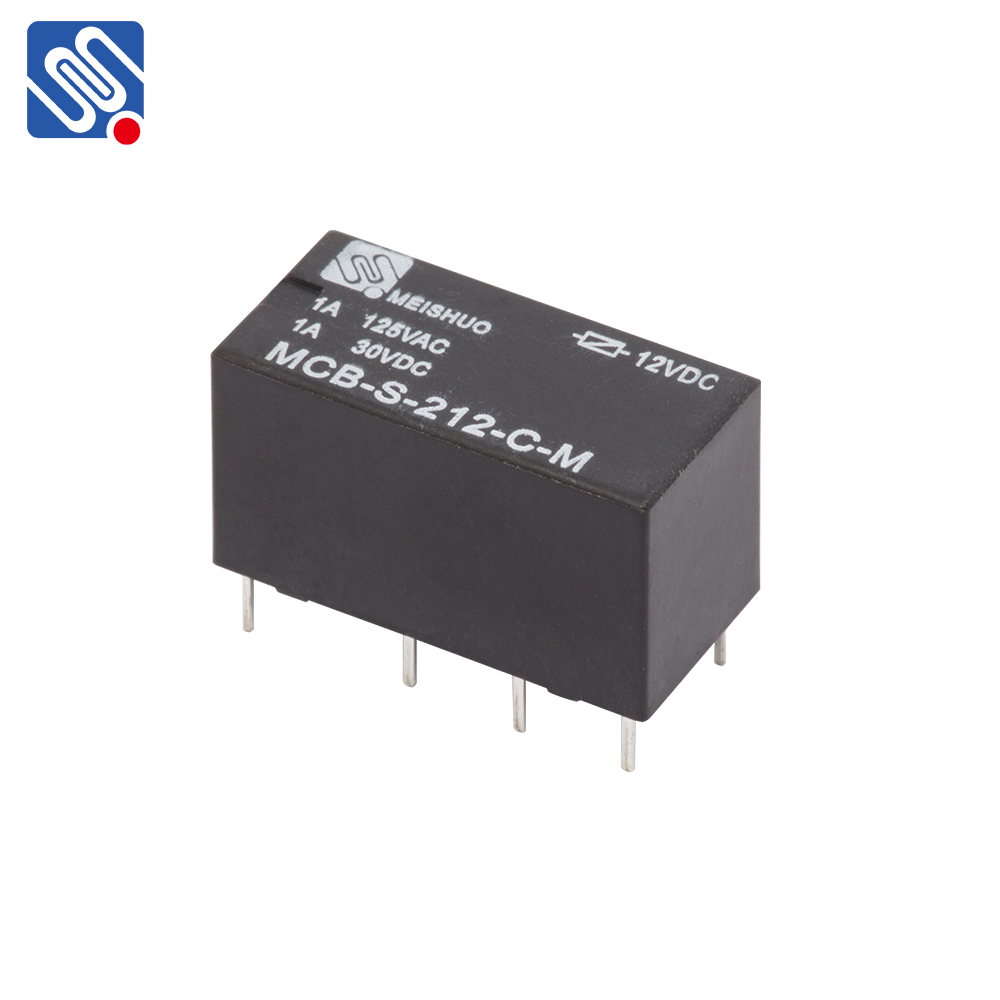the importance and functionality of relay signals in modern communication systems
Release time:2025-04-10 12:40:58
Relay signals are integral components in a wide range of communication and control systems. They play a crucial role in ensuring that signals are transmitted, amplified, or redirected as needed, enabling efficient data transfer and enhancing system reliability. Whether in telecommunications, electrical systems, or industrial automation, relay signals facilitate communication between different parts of a system, ensuring that data or instructions are correctly relayed to their intended destinations. This article explores the functionality, types, and importance of relay signals in modern technology.

The Concept of Relay Signals
A relay signal is essentially a signal that is transmitted or redirected through an intermediary device known as a relay. This device is often used in circuits to control the flow of electricity or to ensure the transmission of signals between different components. The core function of a relay is to receive a signal, often at a low voltage, and then use that signal to switch another signal, typically at a higher voltage, to another component or system.
Relays can be either mechanical or electronic. Mechanical relays, which were historically more common, use physical components such as switches and electromagnets to control the signal flow. In contrast, electronic relays, often referred to as solid-state relays (SSRs), use semiconductor devices to achieve similar results without any moving parts. This difference in design leads to variations in performance characteristics, with mechanical relays being more prone to wear and tear over time, whereas solid-state relays offer longer lifespan and faster response times.


